3 Teacher Tips for the PBL Paradigm Shift
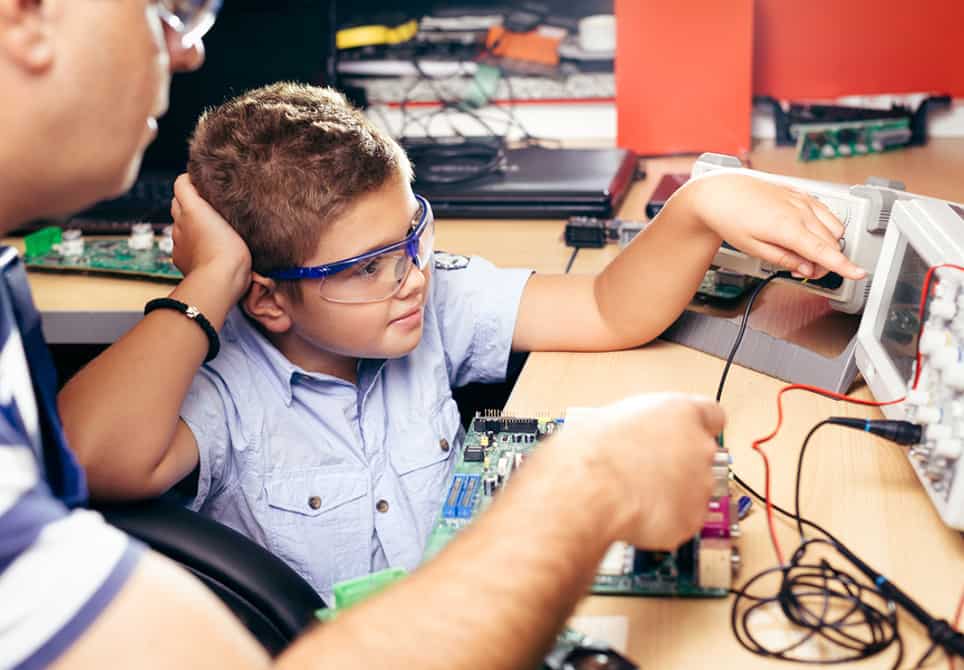
By Jenny Pieratt
The paradigm shift from teacher to project-based learning (PBL) facilitator is not one that happens overnight, over one training or through one project.
Terry Heick’s post on the 7 Shifts To Create A Classroom Of The Future reminds us of the many demands of creating a classroom of the future, all of which require time, attention and professional development.
In some respects, all the preparation in the world can’t ensure that a project will run smoothly because PBL is about being responsive, flexible and open to new possibilities beyond what we can anticipate or even imagine.
Given the unknowns that accompany the rewards of PBL, how do we best prepare for existing in a project-based world? My belief is that first step to preparation has nothing to do with standards or a lesson plan.
1. Understand Your Role
In its truest form, PBL includes a teacher and a student working side-by-side. In academia, the phrase for this is collegial pedagogy and is best displayed in practice by the work of Lissa Soep at Youth Radio.
Soep paints a picture of what you will find in an authentic PBL classroom–teachers learning alongside the student, rather than delivering information in front of the student. No longer is the teacher the “sage on the stage” because there is in fact great value in the power of equal. This shift in teaching and learning requires:
- Open-ended driving questions and project possibilities
- Voice and choice in topics of learning, final products and project paths
- Non-traditional research methodologies to explore what is happening in real-time
- The comfort and ability (and sometimes adventurous spirit) of the teacher to relinquish control and say “I don’t know, but let’s find out”
2. Commit to Being a Learner
PBL facilitators must also self-identify as being a lifelong learner. An important element of this is modeling the growth mindset that we hope to see in our students. Another critical component of this mindset is acknowledging that those methods, courses and teacher content exams we all took likely only provide preparation for a fraction of the content a PBL teacher facilitates in the learning process.
If that gives you a little bit of anxiety, find some comfort in knowing that in PBL you aren’t expected to have all the answers. The expectation is that you will again model what it means to be a learner at heart and show your students how to go about finding the answers to the questions you both have.
Yes, this means you will be reading more, watching YouTube videos on your mobile device at home or queuing up a documentary on a Friday night. But you know what it also means? Your students will be doing the same, because together you are learning about work that matters to them and the world around us, right now!
And finally, part of being a lifelong learner is settling with the ugly truth (or beautiful truth, depending on how you look at it) that you will never “arrive.” There is no ultimate destination in learning because our world continues to tilt and turn and we continue to evolve as humans. Given this, do your best to “Trust the process” and “Find comfort in the discomfort”–or at least get used to those mantras because you are going to hear them a lot from your PBL colleagues.
| Project Spotlight:
Read on to see how one project exemplifies the role of a PBL facilitator as a learner alongside students through a powerful inquiry experience. In the recently launched DreamUp curriculum students learn about space and types of data collected by satellites through an NGSS, Deeper Learning project. Students take this content knowledge and leverage it to explore how satellites could be used to address an issue of social justice. The possibilities for this project are limitless. What does this mean for a teacher? Does it mean the teacher must know about every possible way satellites have and could address issues of social justice across the globe? No way–that would be impossible for any teacher to manage! What it does means is that the teacher will need to facilitate the process of sustaining student inquiry and engagement, they will need to scaffold the learning process to help students access, understand and apply the content they are coming across, and most importantly they will need to learn about these real-time topics identified by their students, right alongside them. |
3. Connect with Your Colleagues
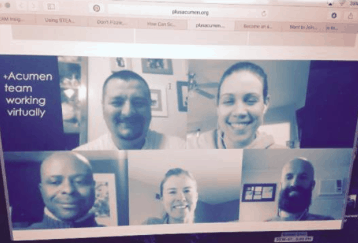 Depending on your teaching context, the work of PBL can be isolating if you are the only one blazing trails in your building. One way you can prepare yourself for this work is to create or find a network of resources that includes fellow mavericks diving into the world of PBL.
Depending on your teaching context, the work of PBL can be isolating if you are the only one blazing trails in your building. One way you can prepare yourself for this work is to create or find a network of resources that includes fellow mavericks diving into the world of PBL.
If you are part of one of these networks, you will hear PBL facilitators often share that they wish their students displayed more agency during the project process. It is important to note that Agency isn’t just for our students, the term and way of being can and should be applied to adults, as well. Given this, how will you take control of your learning? How will you display ownership of your development as a PBL facilitator? How will you build relationships with colleagues, seek resources and ask questions about your PBL learning?
Personalized professional development is a new trend, as evidenced by the growing opportunities for adult learning related to PBL at New Tech Network. It isn’t uncommon to hear of districts that are asking teachers to develop their own personalized learning plan, leaving it up to teacher to find the workshops and resources that fit their needs and interests best. Check out how Central Coast New Tech is going about this, this school year. Seize this opportune moment RIGHT NOW to prepare yourself for the project-based world you are about to dive into.
Here are some ways you can do that:
- Jump into a MOOC, like this one on Innovator’s Mindset
- Check out a BIE webinar on PBL
- Participate in a NTN #pblchat every other Tuesday evening on Twitter
- Join a virtual PLN through Direct to Teacher via Teaching Channel-in November CraftED hosts this PLN with rich learning around student collaboration.
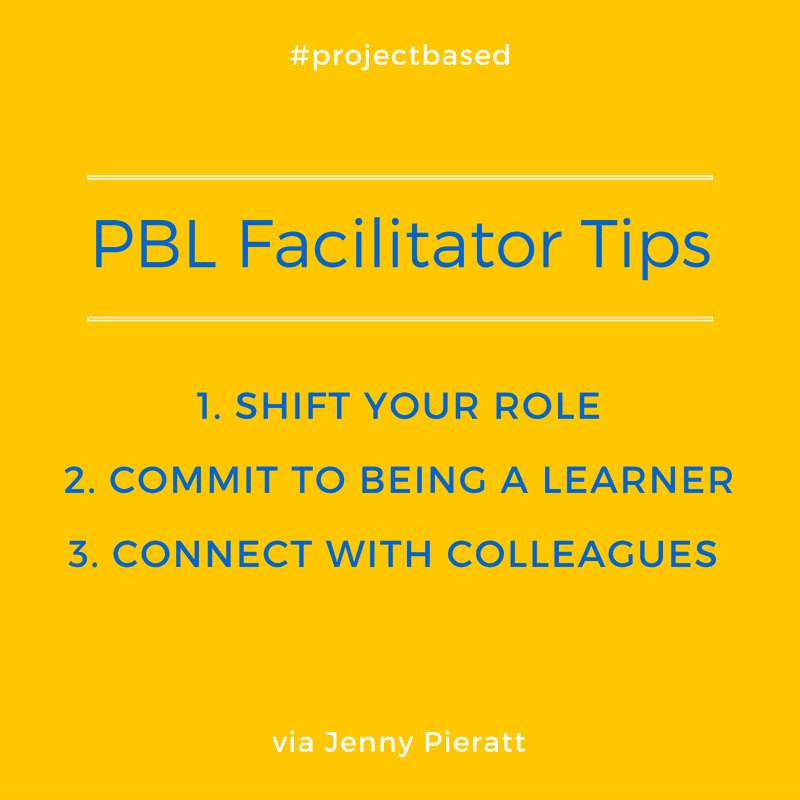
So before you sit down to plan that first project, spend time thinking about what shifts you will need to make and what about those shifts is going to be challenging. Then put your agency in motion, find “your people” and dive into your own learning.
|
This blog is part of “It’s a Project-Based World” series. To learn more about this series and to learn ways that you can contribute, click the icon below to go to the Project-Based World page. Join in the conversation at #projectbased. |
For more, see:
- Preparing Teachers for Project-Based Learning
- Teaching is a Project-Based Profession: 10 PBL Teacher Mindsets
- Project-Based Teaching: The Untamed Spaces of Innovation
- It’s Not Just About the Projects
- 13 Tips for Students Getting Started with Project-Based Learning
- It’s a Project-Based World. Let’s Prepare Students for It.
- Getting Smart Podcast | It’s a Project-Based World and a PBL Movement
Jennifer Pieratt is the Founder and President of CraftED Curriculum and a former teacher. Follow her on Twitter:@JennyPieratt.
Stay in-the-know with all things EdTech and innovations in learning by signing up to receive the weekly Smart Update. This post includes mentions of a Getting Smart partner. For a full list of partners, affiliate organizations and all other disclosures, please see our Partner page.




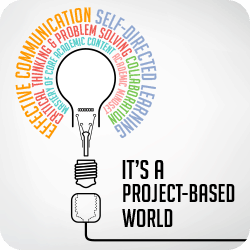
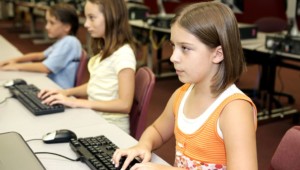

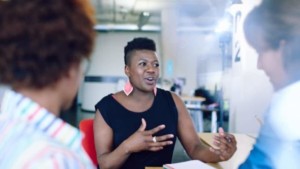

C.L. Richards
The "deeper learning competences" are well worth the learning curve on my part. After all, stewarding global citizenship demands "critical thinking, collaboration, communication, and self-directed learning with an academic mindset."
Frances Murphy
I absolutely love your article, inspiring and encouraging. I will try to connect but, sometimes, there is time to withdraw and read and study, " a time to let the information percolate " my liaison librarian calls it, and then a time to share and collaborate. I hope I find that
Thankyou